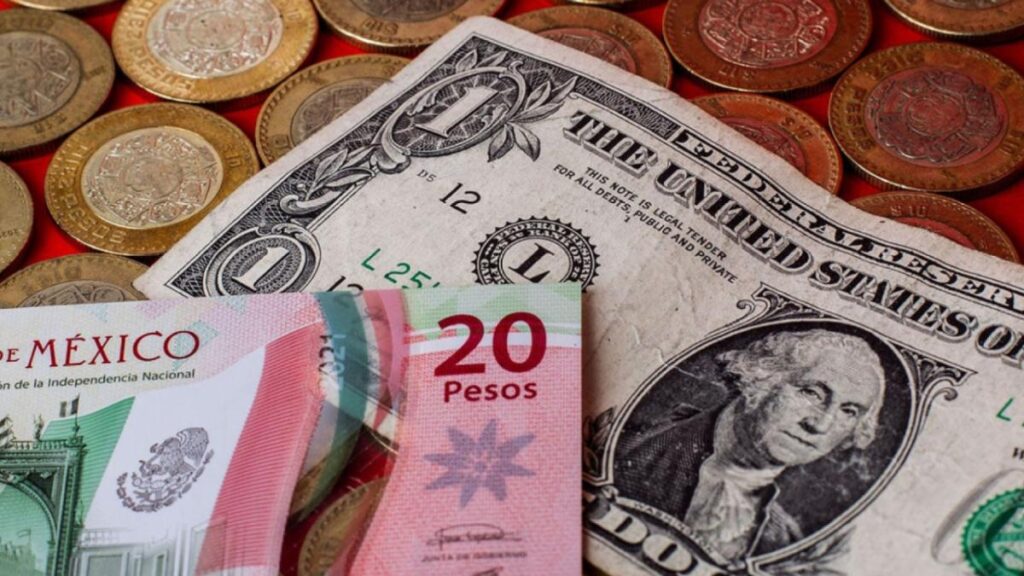Background on Key Figures and Context
The Mexican peso has shown significant strength against the US dollar in 2025, appreciating by 7.15%. This development is partly due to the weakening of the US dollar, fueled by uncertainties surrounding trade policies between the United States and China. Mexico, along with Canada, has been exempted from Donald Trump’s reciprocal tariffs, which has reduced exposure to potential economic consequences.
Market Reactions and Analyst Insights
Market participants are closely watching the monetary policy decision by Mexico’s central bank, Banxico, anticipating another interest rate cut in the country. The peso closed on Wednesday at 19.3892 units per dollar, marking a slight appreciation of 0.02% or 0.34 centavos, and its lowest level since October 11, 2024, when it traded at 19.2870 units per dollar.
Gabriela Siller, director of Analysis at Banco Base, noted that the peso’s appreciation is linked to the weakening of the US dollar. She mentioned that discussions between South Korea’s Deputy Finance Minister Choi-Ji-Young and US Treasury Undersecretary Robert Kaproth on currency policy have sparked speculation that the Trump administration might consider a weaker dollar as part of its strategy to boost US exports and reduce the trade deficit.
Felipe Mendoza, an analyst at ATFX LATAM, highlighted that the growing confidence in Mexico could be attributed to its relative stability compared to other emerging currencies, attractive interest rates, and signals of macroeconomic resilience.
US Dollar’s Decline and Implications
The US dollar index (DXY) has dropped 5.8% year-to-date, placing it at 101.02 units. Among the major currencies in the basket, the Russian ruble has appreciated by 29.18%, followed by the Swedish krona (11.72%), Hungarian forint (9.17%), Brazilian real (8.75%), Norwegian krone (8.67%), Czech koruna (8.29%), and Polish zloty (8.26%).
Meanwhile, the Argentine peso (-9.75%), Turkish lira (-9.74%), and Indonesian rupiah (-2.76%) have depreciated.
Analysts from Banamex have pointed out that President Trump’s pressure on Federal Reserve Chair Jerome Powell to cut interest rates and speculation about attempts to remove Powell have negatively affected the dollar. This pressure undermines confidence in the US economy, the dollar, and its financial system by limiting the autonomy of the Federal Reserve.
Key Questions and Answers
- What is the main reason for the Mexican peso’s appreciation against the US dollar? The peso has strengthened due to Mexico’s exemption from Trump’s tariffs and the weakening of the US dollar amidst trade uncertainties between the United States and China.
- How have other major currencies fared compared to the US dollar? The Russian ruble, Swedish krona, Hungarian forint, Brazilian real, Norwegian krone, Czech koruna, and Polish zloty have all appreciated against the US dollar, while the Argentine peso, Turkish lira, and Indonesian rupiah have depreciated.
- What are the implications of President Trump’s pressure on the Federal Reserve? The pressure and speculation surrounding attempts to remove Fed Chair Jerome Powell have led to a weakening of the US dollar, reducing its status as a reserve currency and diminishing its appeal as a safe-haven asset.






